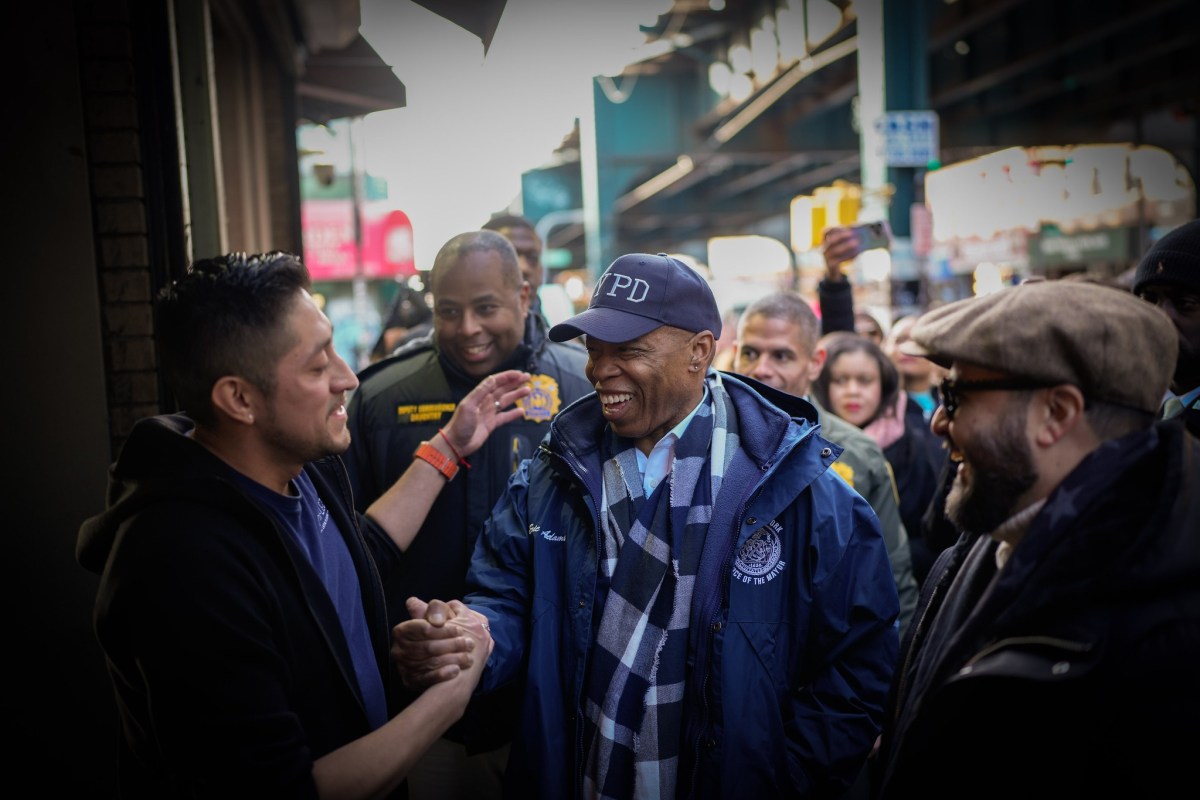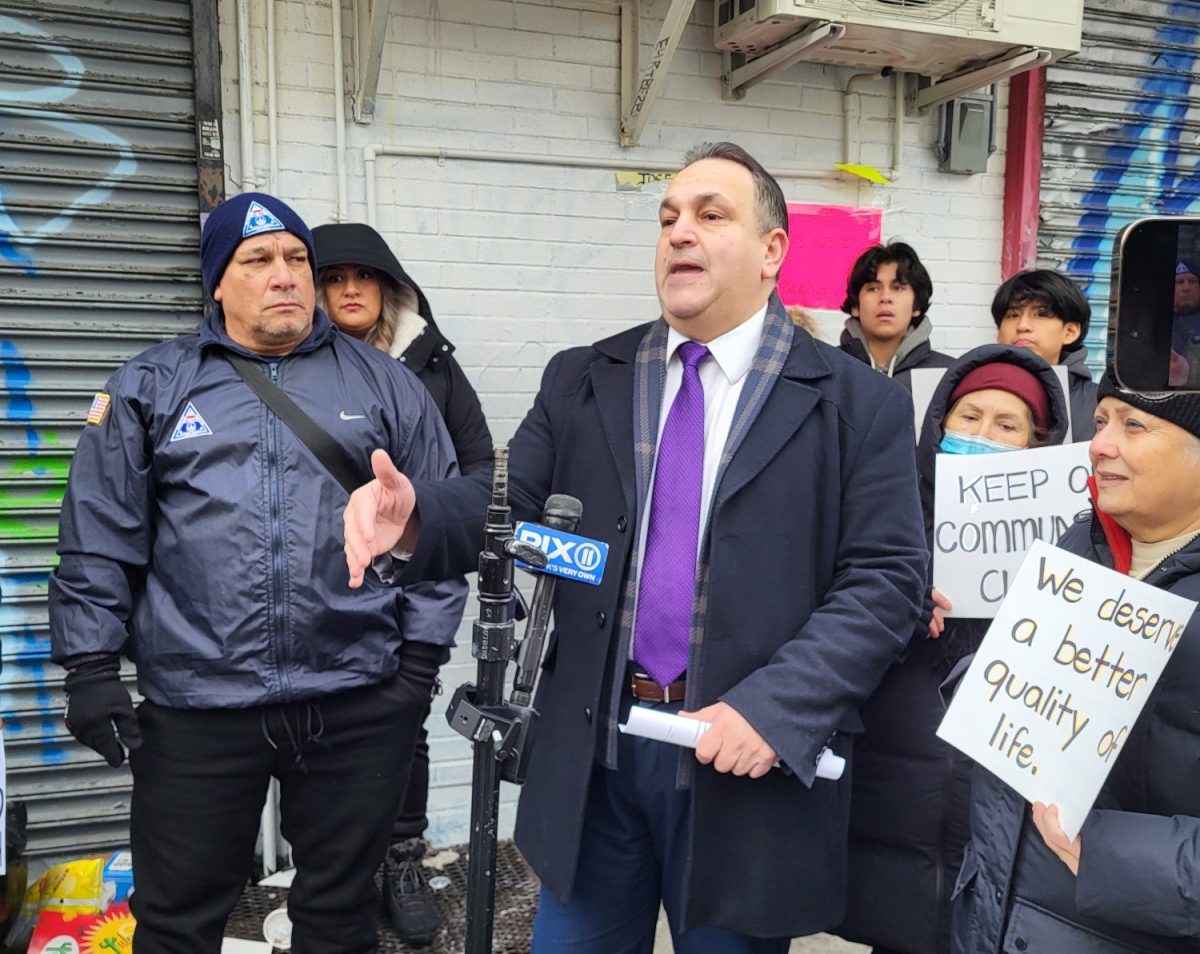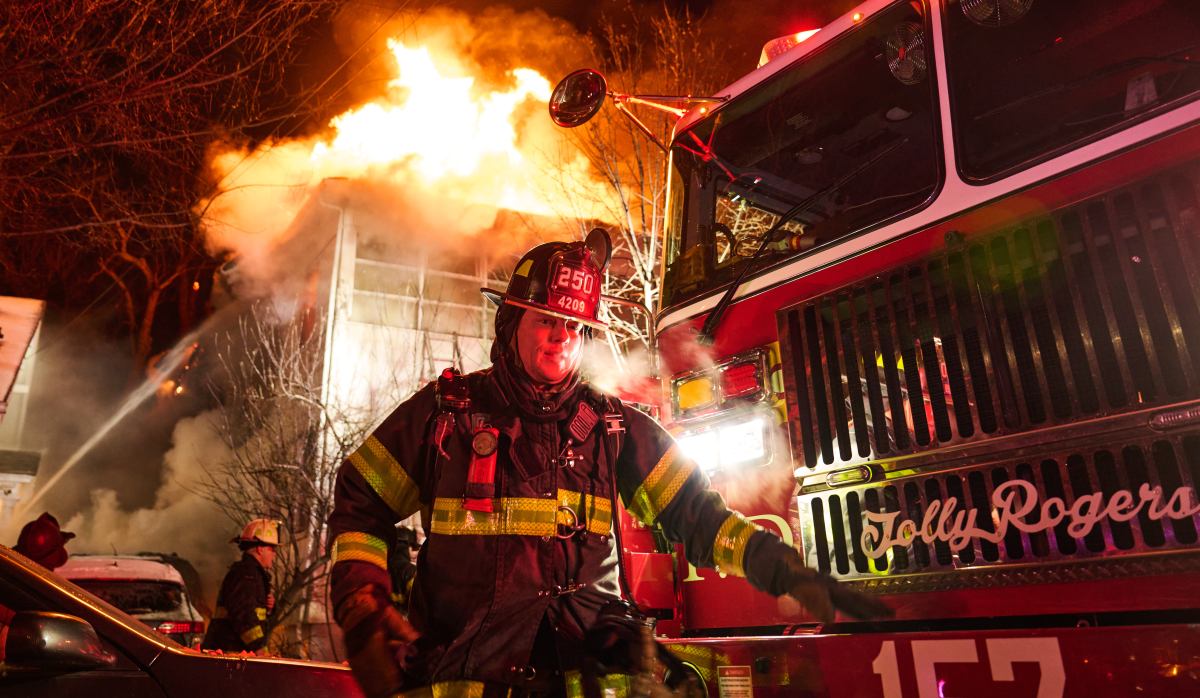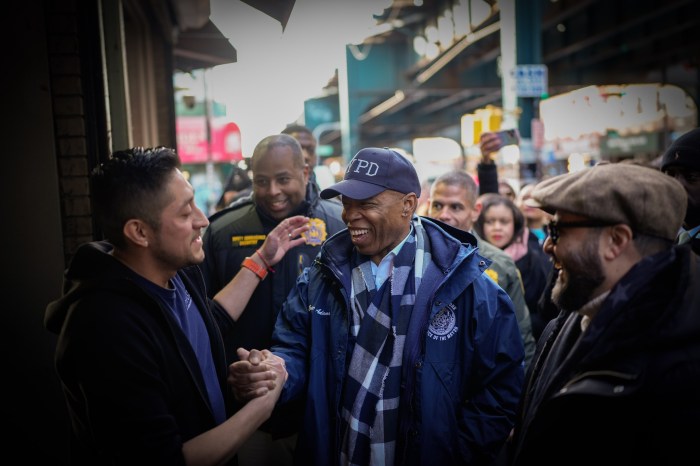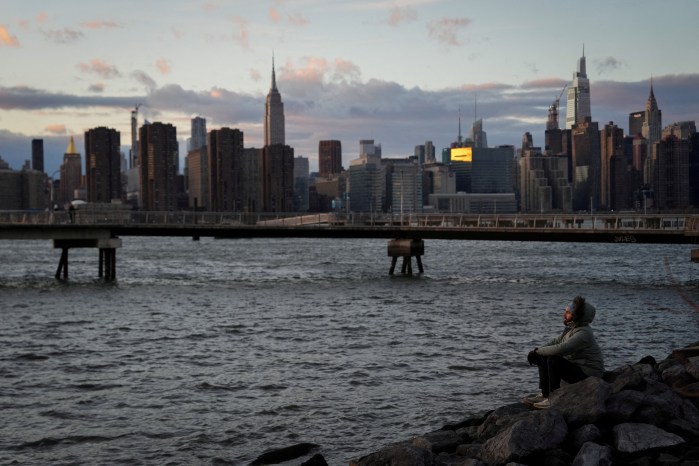Superstorm Sandy has brought new emphasis to questions surrounding Hudson River Park, but one thing remains unchanged: It needs money.
The storm showed that much of the park can withstand heavy floods so our well-documented reasons for its importance — it is responsible for real world economic gains as it dramatically improves quality of life in the city — remain. Like other parts of the city near water, clearly there will need to be design adjustments going forward. We continue our support of the proposal for a neighborhood improvement district, or NID, for Hudson River Park and surrounding blocks. The proposal has since been honed and is now starting its journey through the public review process.
The more we see about this NID, the more we like it. Clearly, Hudson River Park is in serious need of funds. By next year, the Hudson River Park Trust says it will be operating at a $7 million deficit. And that doesn’t even take into account the situation of Pier 40, which needs somewhere around at least $30 million just to stabilize its roof and support piles — and much more than that for a long overdue, full-scale renovation.
Obviously, the estimated $6 million the district would raise for the park from adjacent property owners is not the ultimate answer to the waterfront park’s problems. The NID’s funding would only account for 20 percent of the park’s annual operating costs — yet that’s a significant amount. And until designated “commercial nodes” like Piers 57 and 76 are developed and start generating some revenue for the park, the NID’s revenue stream will be even more critical. Pier 40 already brings in millions of dollars for the Trust — around 40 percent of its annual operating budget — but the Trust hopes to boost that figure by opening the Hudson River Park Act to allow a wider range of uses on Pier 40.
The community is by no means unified on what should happen with Pier 40 — whether some sort of residential or office use on the pier, or next to it, is the right way to go. On the other hand, there seems to be more support for the NID.
The annual tax assessment for residential co-op and condo owners would not be large, around $75. Large commercial property owners would be able to pass on at least some of the assessment to their tenants.
As one speaker at a recent outreach hearing on the proposal said, the annual fee is — depending on the size of one’s home — roughly the cost of a tip or a dinner at an upscale restaurant. In effect, the assessment would help keep the park and surrounding area in top condition precisely for those who, on the whole, use it more than anyone — local residents.
Assembly Member Deborah Glick has been a vocal critic of residential housing at Pier 40. But she has repeatedly voiced her backing for the NID. Glick’s currently gauging community reaction, however, at venues like the outreach hearings, and wants to make sure the public is adequately informed on exactly what they’ll be paying for and getting.
She’s right: Many residents in the area bordering the park may not fully understand the proposal, and many may not even have a clue about it. A “needs assessment survey” has been mailed out, and hopefully this is alerting residents about this process, and winning their support.
Clearly, at 5 miles long, running the length of Hudson River Park and extending two to three blocks inland, this would be one big NID. It would be set up and operate under existing regulations that govern the city’s nearly 70 business improvement districts, or BIDs. This would, in effect, be a BID, but would focus on maintaining the park, as well as the bike path’s planted edges, the highway median and other surrounding public spaces.
The NID would also focus on safety, which is definitely needed since large motor vehicles do currently cross the bike path, and the highway is simply dangerous to cross, for kids and adults alike.
Again, this NID has a lot to offer. But the outreach must ensure that the public is genuinely informed. In an era of declining government funding for parks, this district would be one part of the puzzle of shoring up the park’s finances — but a very important part.














